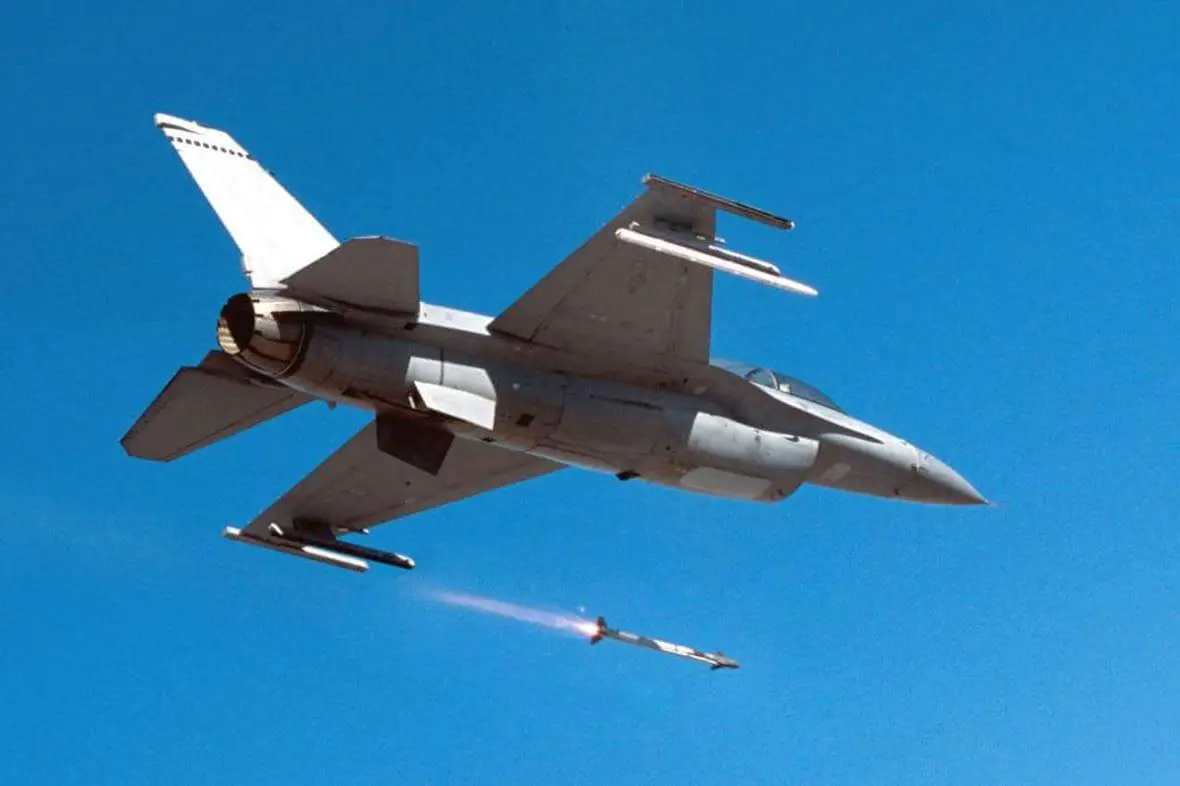The U.S. State Department has made a determination approving a possible Foreign Military Sale to the Taipei Economic and Cultural Representative Office (the country’s de facto embassy in the USA) in the United States of AIM-9X Block II Sidewinder Missiles and related equipment for an estimated cost of $85.6 million. The Taipei Economic and Cultural Representative Office in the United States (TECRO) has requested to buy one hundred (100) AIM-9X Block II Sidewinder tactical missiles and four (4) AIM-9X Block II tactical Guidance Units. Also included are containers; spare and repair parts; support and test equipment; publications and technical documentation; personnel training and training equipment and other related elements of logistics support.
The AIM-9 Sidewinder (where “AIM” stands for “Air Intercept Missile”) is a short-range air-to-air missile which entered service with the US Navy in 1956 and subsequently was adopted by the US Air Force in 1964. Since then the Sidewinder has proved to be an enduring international success, and its latest variants remain standard equipment in most Western-aligned air forces. The Sidewinder is the most widely used air-to-air missile in the West, with more than 110,000 missiles produced for the U.S. and 27 other nations, of which perhaps one percent have been used in combat. The AIM-9 is one of the oldest, lowest cost, and most successful air-to-air missiles, with an estimated 270 aircraft kills in its history of use.

The AIM-9X Block II missile includes a lock-on-after-launch capability and a one-way forward quarter data link capability compared to the Block I variant. The data link enables it to engage upon targets even beyond the visual range. Full Rate Production (FRP) for the Block II missile began in August 2015. The missile was exceeding performance requirements in all areas, including lock-on after launch (LOAL). One area where the Block II needs improvement is helmetless high off-boresight (HHOBS) performance. It is functioning well on the missile, but performance is below that of the Block I AIM-9X. The HHOBS deficiency does not impact any other Block II capabilities, and is planned to be improved upon by a software clean-up build.
The principal contractor will be Raytheon Missiles and Defense, Tucson, AZ. Taiwan is already an operator of the AIM-9 Sidewinder short-range air-to-air missile. The missiles will likely equip Republic of China Air Force (Taiwan Air Force) primary fighter, the Lockheed Martin F-16. Taiwan also operates Northrop F-5s, AIDC F-CK-1s, and Dassault Mirage 2000s in air combat roles. Taiwan’s currently operates the F-16 Viper aircraft, also acquired from the United States, which will be likely equipped with the AIM-9X Block II Sidewinder air-to-air missile to take on the mammoth enemy across the Taiwan Strait. Under the Phoenix Rising program, Taiwan is upgrading its fleet of 144 Lockheed Martin F-16 A/B Block 20 Fighting Falcon combat aircraft to the F-16V configuration.















